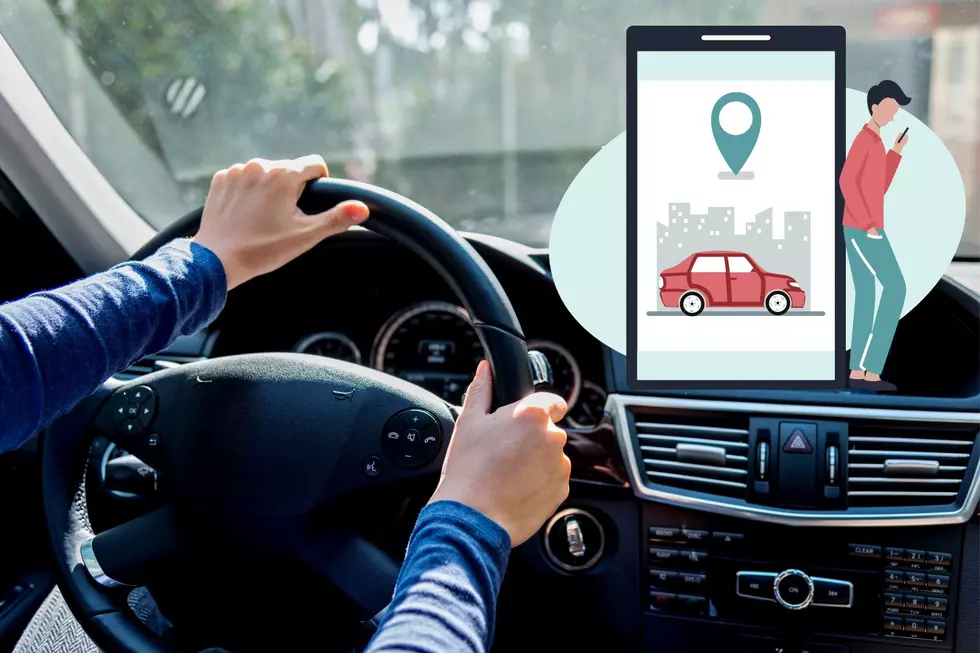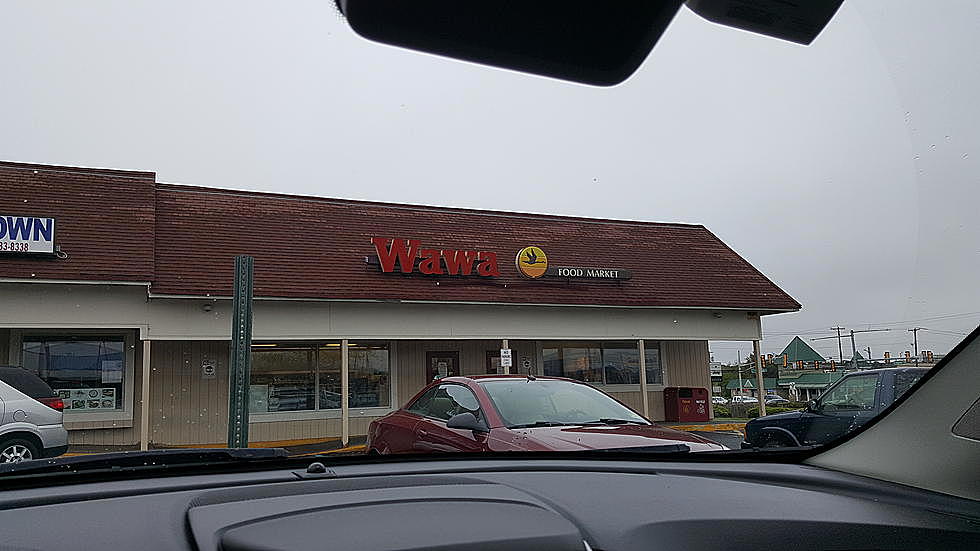
Promoting Safety For NJ’s Teen Drivers
As we celebrate Teen Driver Safety Week, Garden State moms and dads are being urged to be authoritative role models when it comes to operating a motor vehicle.
“Parents have spent their entire lives trying to protect their kids, but then they hand their teens the keys to a 2-ton machine, and expect them to know what to do. We want to remind parents that they still have a lot to teach their teen drivers, and they should talk it out and always set the rules before their teens and young drivers hit the road,” said New Jersey Division of Highway Traffic Safety Acting Director Gary Poedubicky.
He points out two hundred and sixteen people between the ages of 17 and 20 were killed on New Jersey’s roadways in a five-year span from 2008 to 2012. In that same time period, more than 113,000 drivers 20 and under were injured in motor vehicle fatalities.
As part of Teen Driver Safety Week, officials are promoting “Share The Keys,” an evidence-based, data-driven safe driving orientation for parents and teens, which was developed by Kean University in partnership with the Division of Highway Traffic Safety. The orientation brings parents and teens together as a joint audience empowering them with information, resources and tools to cultivate safe driving attitudes and behavior.
“Share the Keys” is approximately 90 minutes in length and designed for parents and their teens in the pre-permit or permit state of licensure (parents and their teens already holding a probationary license will also benefit). The orientation is presented by trained facilitators in community-based settings (i.e. schools, libraries) and can be linked to classroom driver education programs and back-to-school nights.
The orientation has five key objectives:
- Understanding the Graduated Driver License (GDL) –The GDL is the most effective tool in reducing teen driver crashes, injuries and deaths. It’s imperative that both parents and teens fully understand the law in order to benefit from its lifesaving restrictions.
- Being a Good Role Model -- Researchers have found that teens mimic their parent’s driving behaviors. Parents can effectively reduce their teen’s crash risk by adopting safe driving practices such as obeying the speed limit and avoiding distractions.
- Effectively Enforcing the GDL at Home – Forty percent of all teen fatal crashes occur after 9pm and teens with just one passenger have nearly twice the risk of being involved in a fatal crash than those who drive alone. By enforcing these two restrictions of the GDL parents minimize their teen’s exposure to crash risk.
- Increasing Practice Driving Hours – During the first 12-24 months of driving, teens are at the greatest risk for being involved in a crash. Since crash risk decreases with driving experience, it’s crucial that parents fit in at least one hour per week of practice driving with their teen driver.
- Controlling the Keys -- Research by Children’s Hospital of Philadelphia revealed that teens who requested permission to use the car were half as likely to be involved in crashes when compared to teens that had primary access. Parents can establish a verbal contract with their teens by asking them where they are going, who they are going with and when they will be back.
For more information about “Share the Keys” and how to bring the program to your school or community, please visit the Division’s website.
More From Cat Country 107.3










